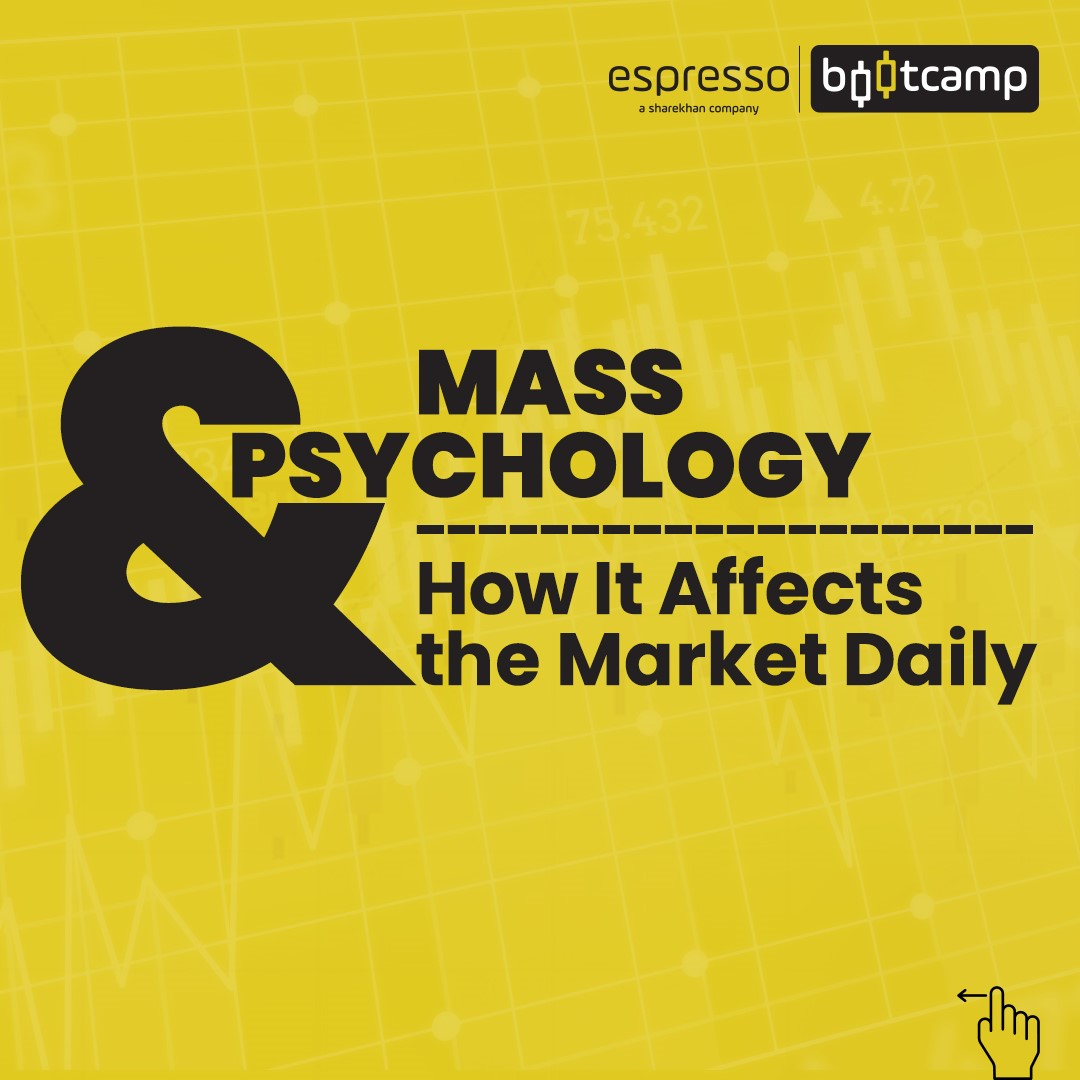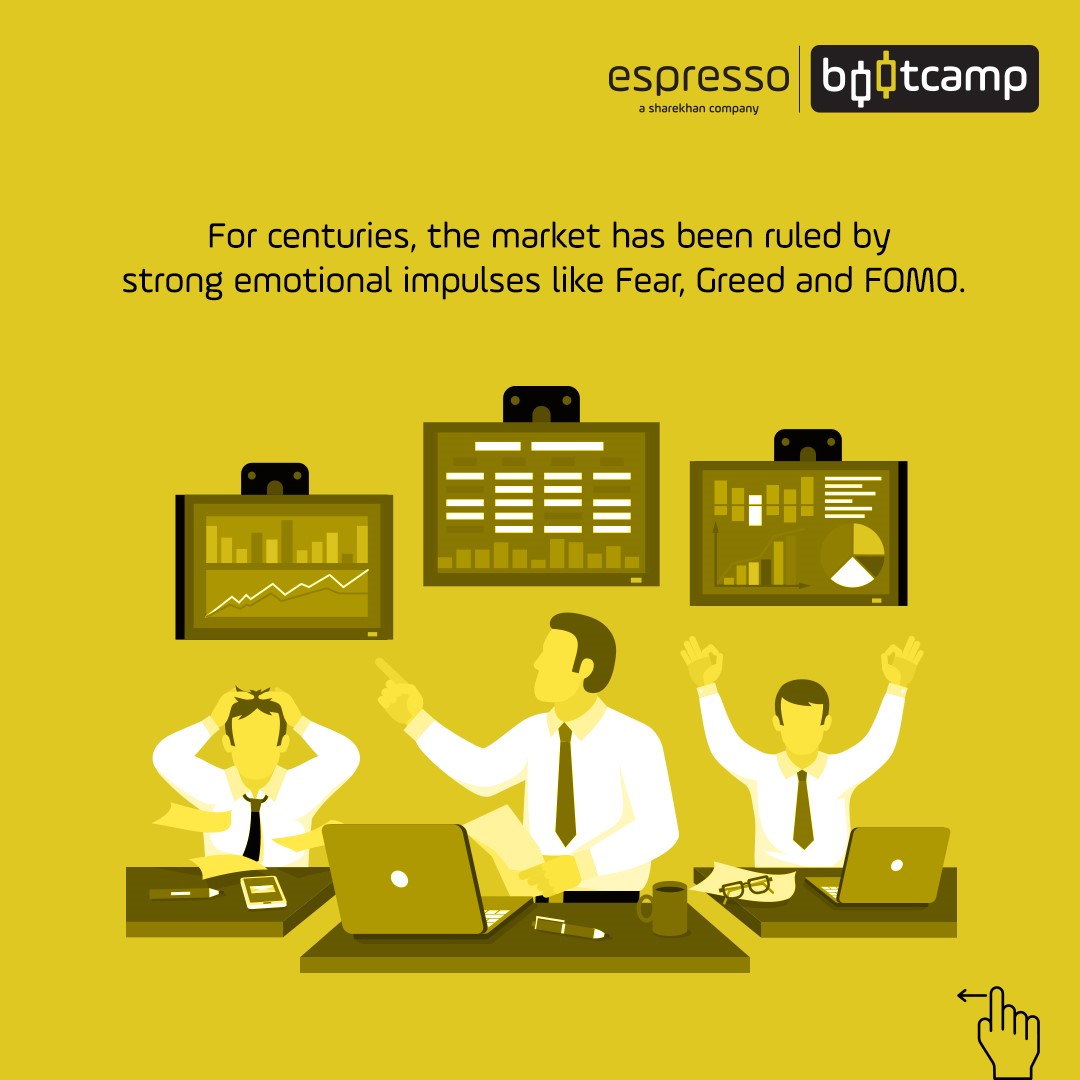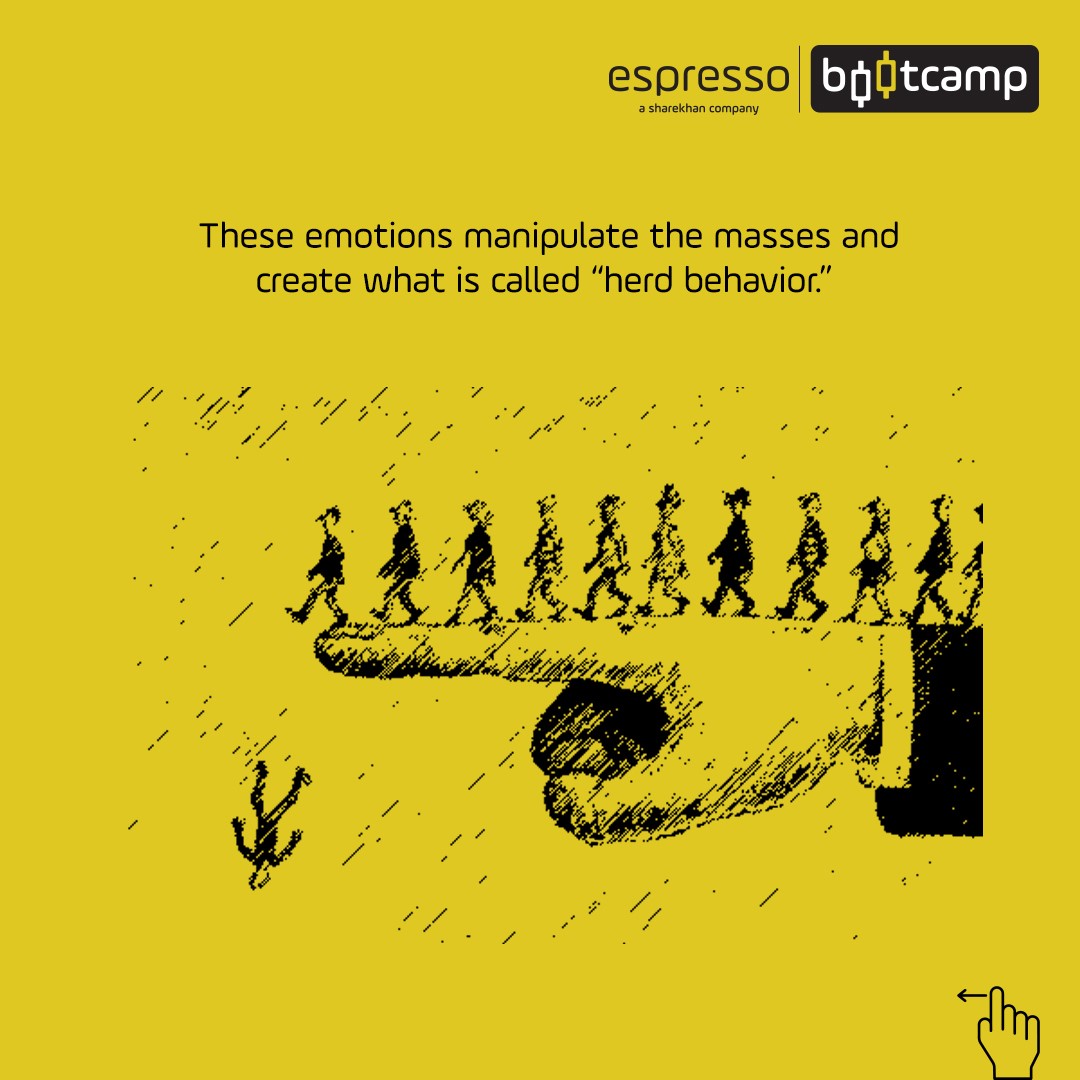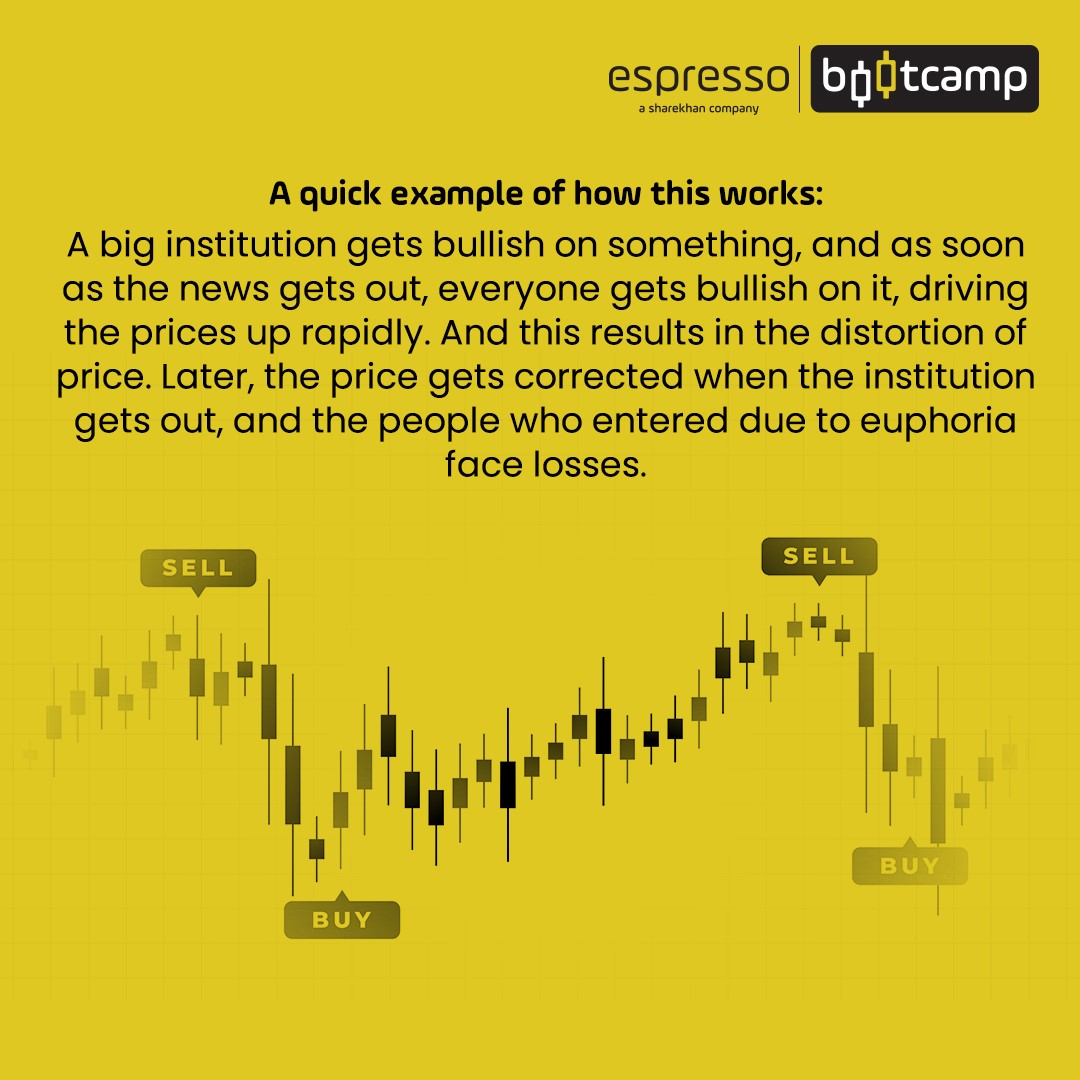Mass psychology, often known as mob psychology or crowd psychology, is the study of how big groups of people can affect behaviour. Mass psychology has existed for ages but has come to light only lately.




All organisms exhibit this phenomenon, including humans who often feel at ease when working together. This is also evident in living beings around us. For example, a herd of animals and a flock of birds all have predictable behaviour.
The majority is always right
The principle in mass psychology is that the majority cannot be wrong. The masses follow a leader who drives the crowd's behaviour with his ability to predict the future. Humans naturally desire to belong to groups of people who share similar cultural and social norms. So, it is easy for people to join a group with a particular view led by an all-knowing leader.
This is perhaps why many investment gurus are crowd-pullers with a huge fan following. However, the investment guru is the first to be pilloried when the unthinkable and the inevitable happen.
Big players use mass psychology to defraud the public.
Mass power
The power of a mass is extraordinary and has the capacity to continue for a prolonged period. An extended rally in stocks or indices can be the result of such a mass force. More people with a similar mindset get added and the rally continues.
This becomes a nightmare for a balanced investor who has worked meticulously on an investment thesis. He faces the risk of his investment thesis going wrong. Such is the power of a crowd.
However, the solution is to follow the crowd if it matches the thesis or take a contrarian view if they go against it. If the investment thesis aligns with the crowd, then it is important to constantly see what the investment thesis holds. The risk of succumbing to the pull of the crowd is high and an astute investor can get waylaid.
The contrarian
The contrarian tracks the crowd’s behaviour, not the crowd. The contrarian moves in when the crowd’s behaviour begins to crack. Investors using mass psychology as the basis of their contrarian investment thesis look for extreme situations.
For example, a bullish sentiment by itself cannot be a situation for a contrarian view. It has to reach a pinnacle before a contra strategy is employed. The same is also true for bearish sentiment. The lowest ebb would be the point of employing a contra strategy.
Going against the crowd is impossible unless a written plan is in place. However, it is not easy to identify the points of peak euphoria and lowest pessimism. Contrarians can go wrong if the optimism or pessimism continues.
Conclusion
Masses do not learn from their past, and they are bound to be doomed time and again. An investor or a trader must have a plan to identify times of extreme optimism and extreme pessimism as an indicator to exit or enter the markets.
Patience and planning are the key ingredients to breaking away from the crowd. Technical analysis as a tool can be blended with mass psychology to identify extreme price actions.
 0
|
0
|
 0
0
 Modules
Modules

 Watch
Watch 
